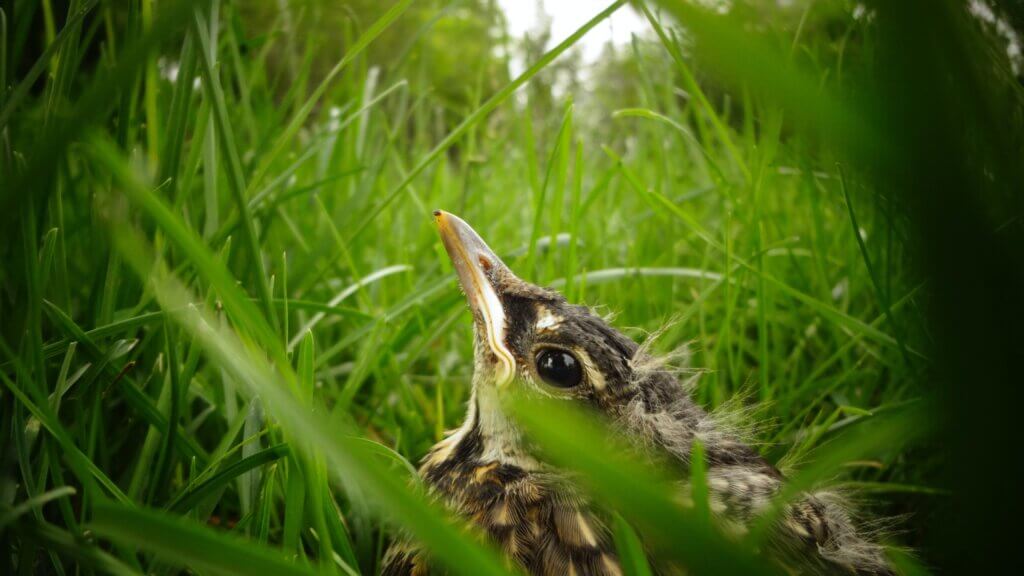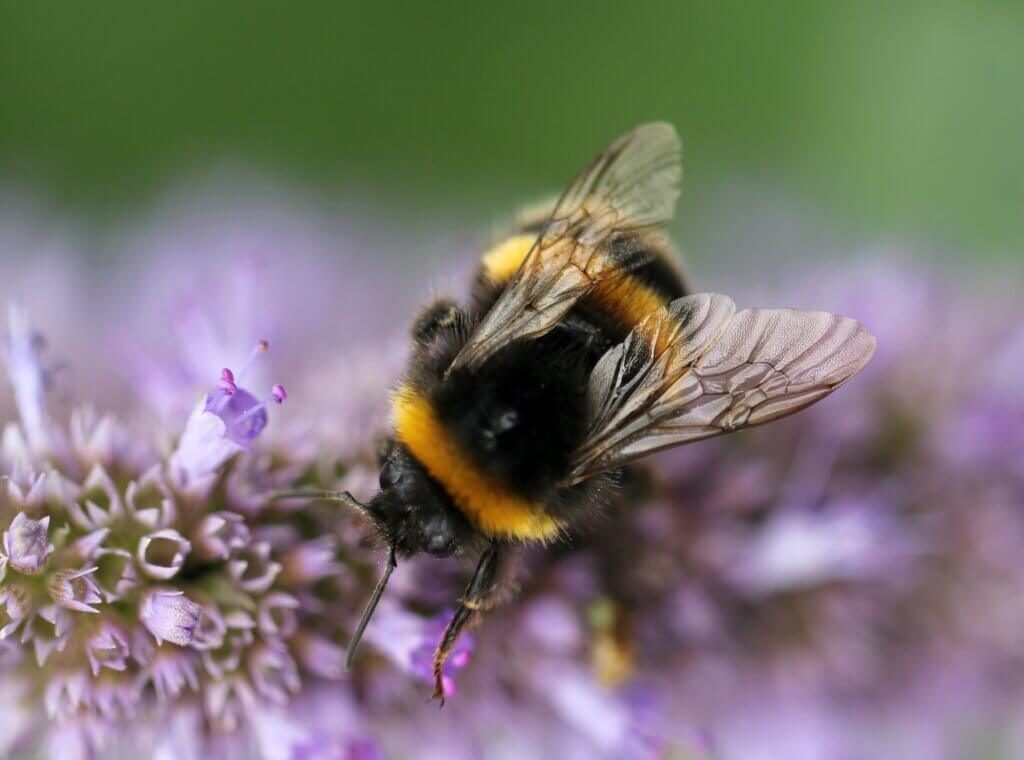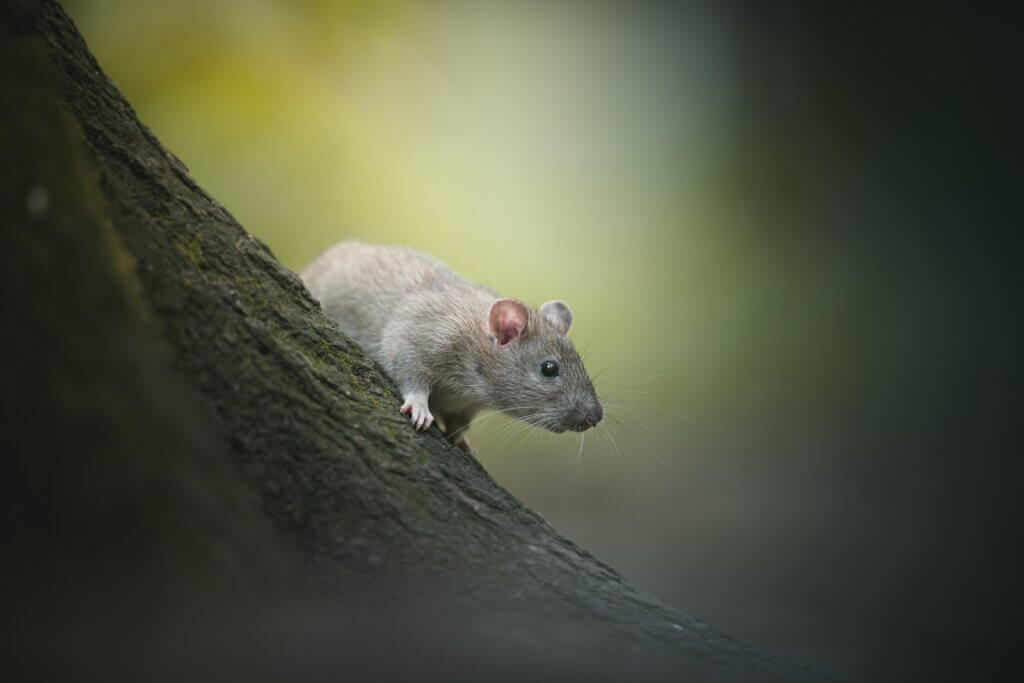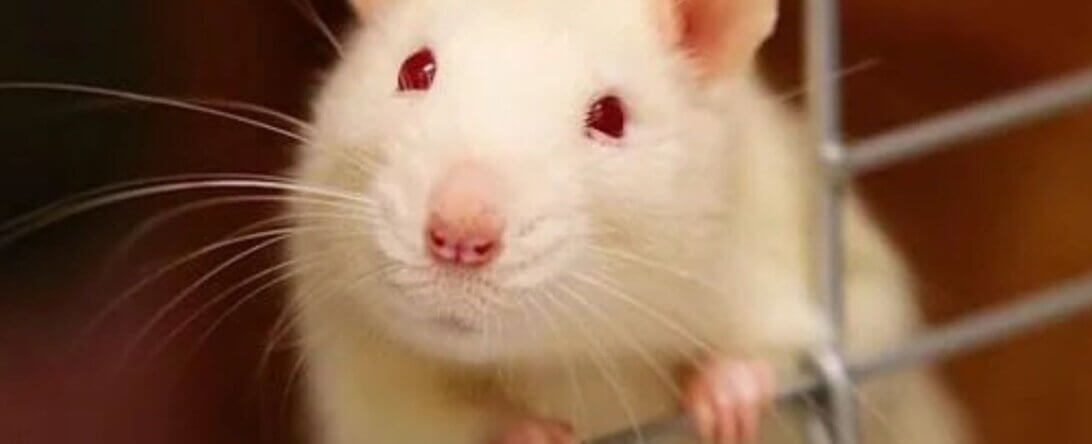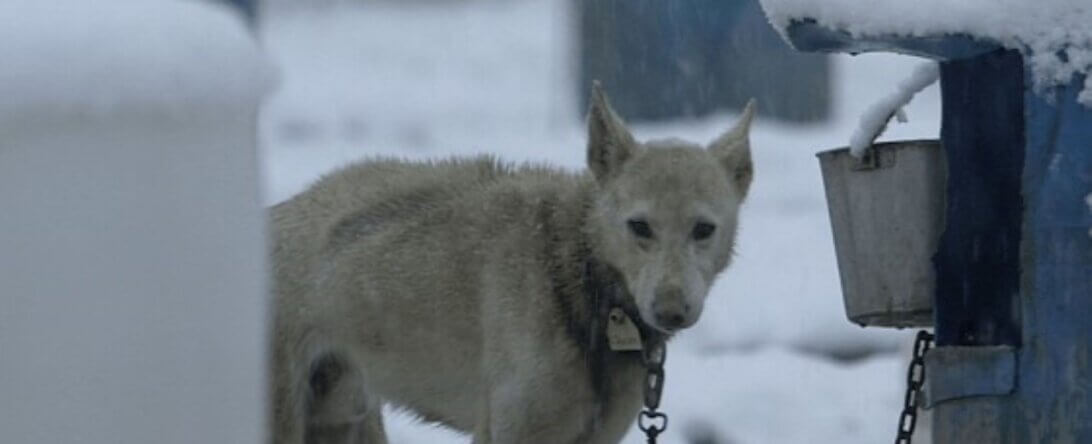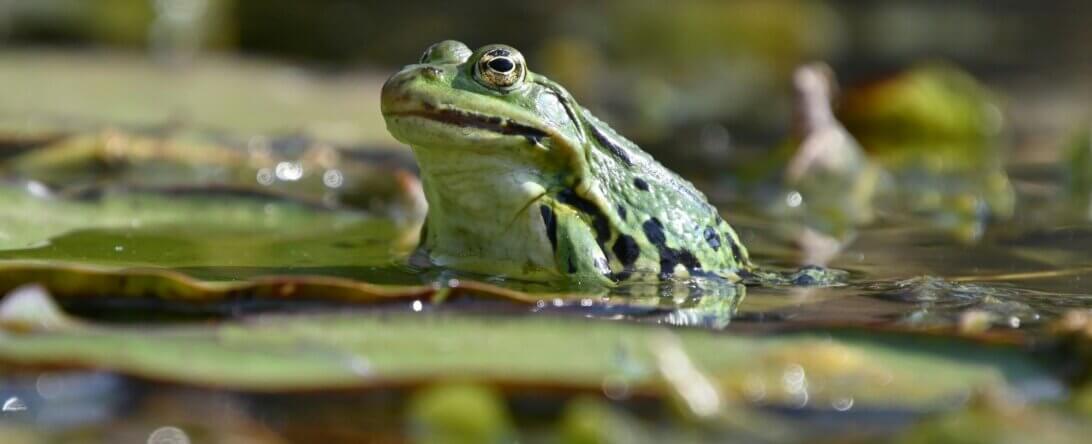How You Can Help Wildlife Thrive This Summer
If these warm summer days are getting you outside more often, there’s a good chance you could cross paths with wildlife—whether they’re injured and in distress or just vibing. They may even make their way into your home. (Who can resist crumbs on a counter?) 😋
If you come across any wild animal who looks sick or hurt, call your local animal control agency and don’t leave the scene until a worker arrives.
Here’s how to be prepared to help wildlife in different situations this summer:
Scenario 1: You See an Injured Turtle
As slow-moving icons, turtles need to take their time while crossing a road. If you see one while driving, stop and help them reach their destination safely. (Relocate them in the direction they were headed.) You can carry small turtles by scooping them up with both hands and holding their shell and body between their front and back legs. For large turtles or snapping turtles, wear gloves if they’re handy and guide the animal into a cat or dog carrier or onto a sturdy flat surface. Then transport them slowly out of harm’s way while avoiding touching them.
One of the most tragic sights is a turtle who’s been hit by a car or otherwise injured—but no matter how they look, they might not be dead. Turtles have sluggish metabolisms, so they can suffer for a long time before dying. Check if they’re alive by pinching a toe or gently touching the corner of an eyelid to test for a reaction. Bring an injured turtle to a veterinarian or an animal shelter ASAP so they can be treated or humanely euthanized to end their suffering.
Scenario 2: You Find an Injured Bird
Finding a baby bird on the ground can jump-start your brain into caregiver mode, but you should know a few things first. Baby birds can be fledglings or nestlings—fledglings have most of their feathers and are learning to fly, whereas nestlings have few feathers and shouldn’t leave the nest. Healthy fledglings can hop around the bases of trees or shrubs, and their parents are often keeping an eye on them. Usually, it’s best to leave them alone.
But if you find a fledgling with signs of vulnerability—like bloody wounds or legs that don’t bear weight—or a nestling on the ground, they need your help. Stay with them, take a photo, and call your local animal control agency or wildlife rehabilitation center. If you can’t reach it, call PETA right away at 757-622-7382, option 2, to report an animal emergency.
Scenario 3: Insects Make Their Way Into Your Home
Insects are animals, and all animals have feelings. That means insects can suffer when squished, swatted, or left to die. We should let these tiny animals live in peace and learn more about them—they’re straight-up fascinating. Honeybees can count objects, spiders have a wide range of personalities, and cockroaches live in social communities and can recognize members of their families. 🤯
While insects are awesome, it’s valid not to want them crawling or flying through your home. Here’s how to keep them away without hurting them:
- Ants: Find out where they’re entering from, seal the openings, and use natural repellents, like dried peppermint leaves, coffee grounds, or a squirt of lemon juice.
- Bees and wasps: The most important thing is not to panic—bees are probably looking for pollen, so they might inspect you. Avoid quick movements, trap them with a humane bug catcher, and let them fly free outside.
- Cockroaches: Make sure your home doesn’t attract cockroaches by clearing areas of food and crumbs, keeping areas dry, and putting natural repellents like catnip, garlic, and cucumbers in high and damp places.
- Flies: Open a window to let them out, or use a humane bug catcher. Seal food containers, put fruit away, and scrub your kitchen with a vinegar-based cleaner.
- Spiders: Spiders—who are arachnids, not insects—are wary of humans and try to go unseen. This makes them pretty chill housemates, and they can even help control “pest” populations by eating mosquitoes, flies, etc. If you do choose to remove them from your home, carefully trap them in a jar or humane bug catcher and let them go outside.
Scenario 4: Mice and Rats Are Near Your Home
One of the best ways you can protect wild rodents is by keeping your cats indoors. Cats are cuties, but their natural hunting instincts take a heavy toll when humans let them roam outside— they kill over 22.3 billion mammals and birds in the U.S. each year. 😲 To save mice and rats from gruesome deaths and protect your animal companions’ best interests, make sure your cats remain safely in your home.
While keeping your cat indoors, clean crumbs off counters, tables, and floors and seal off holes in walls so you don’t attract rodent visitors. If you think mice or rats are in your home, soak cotton balls and rags in peppermint oil—which repels rodents—and leave them around your place. You can also use a cruelty-free live trap to catch them safely. Just be sure to let them outside right away. Don’t release them too far from where you caught them, as they won’t be able to survive on their own. Rats and mice can die from stressful conditions or dehydration in a few hours.
Scenario 5: Prevent Squirrels, Raccoons, and Other Small Animals From Ingesting Trash
Many humans are high-key litterbugs. 🙄 Small animals like birds, squirrels, and raccoons can ingest, get caught in, or choke on our trash and experience prolonged and panicked deaths. By taking just about 30 more seconds out of your day, you can spare these animals’ lives.
Start by rinsing out all empty cans and folding the tabs back over the holes so they don’t slice animals. Cut open empty containers and put lids on all jars so animals don’t get their heads stuck in them. Be sure to crush tin cans so nobody can fit their face or paws in them and potentially get stuck. If you want to level up your animal-helping efforts, try “trash fishing” to give aquatic animals a home makeover.
*****
Does helping animals get you amped up? Keep the buzz going by completing peta2 Rewards missions! Sign up for our Rewards Program and start earning points by taking different actions for animals. As you earn more points, you’ll unlock more perks—like free merch and a follow from @peta2 on social. Get started today and work your way up to our “champion” tier. 🤩
Text peta2 to 30933 for ways to help animals, tips on compassionate living, and more!

Terms for automated texts/calls from peta2: http://peta.vg/txt. Text STOP to end, HELP for more info. Msg/data rates may apply. U.S. only.

